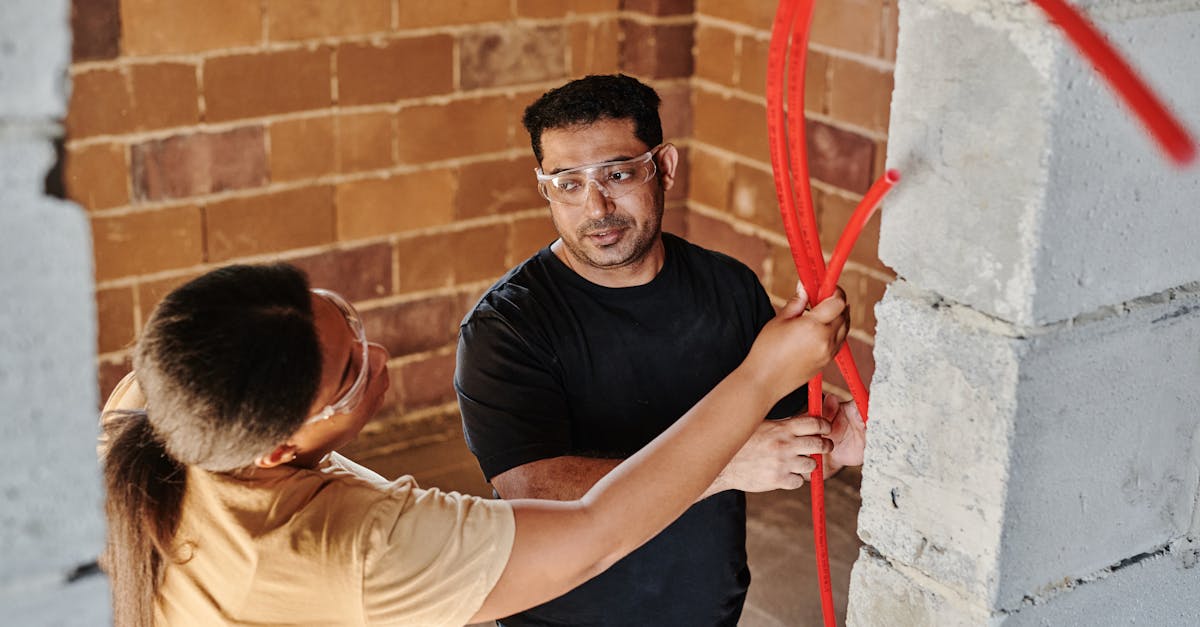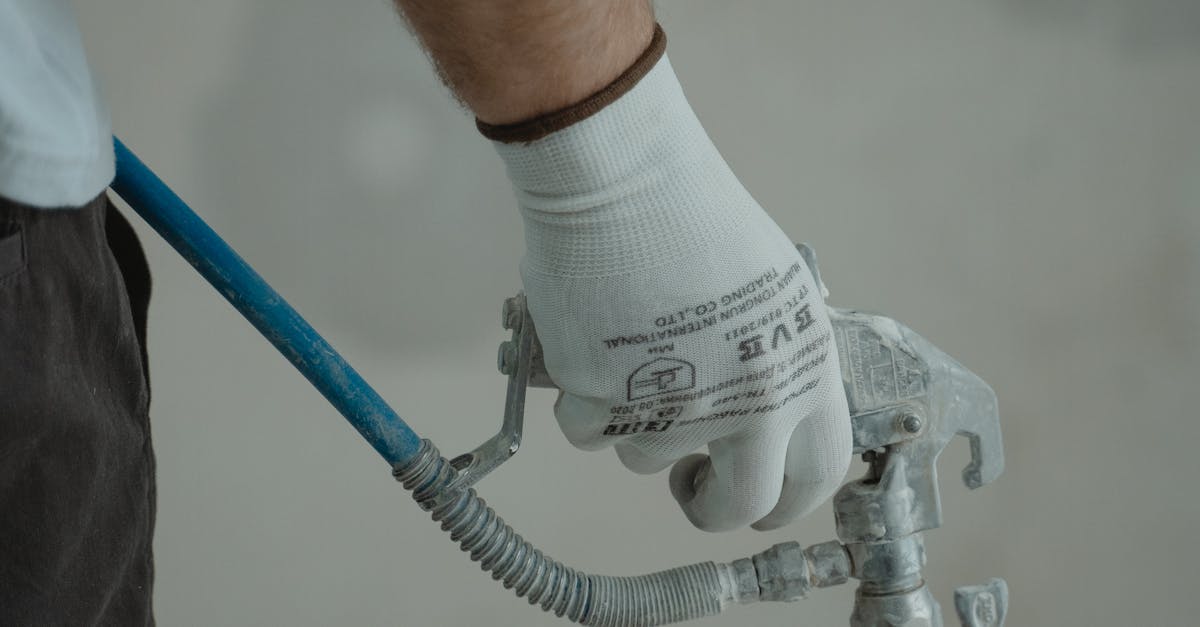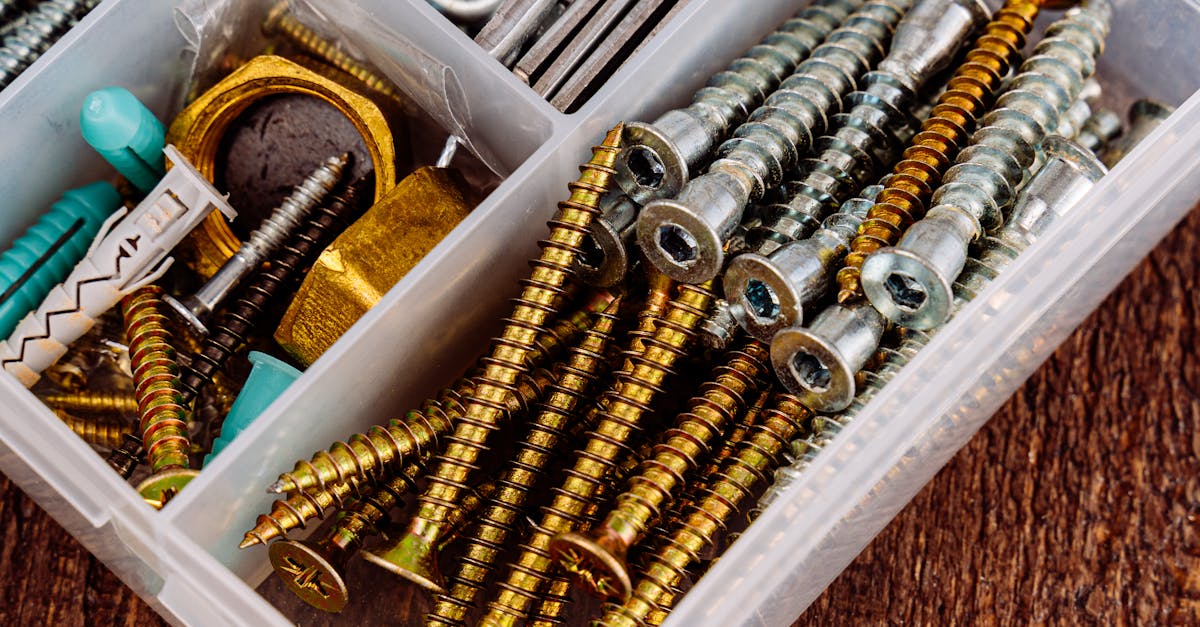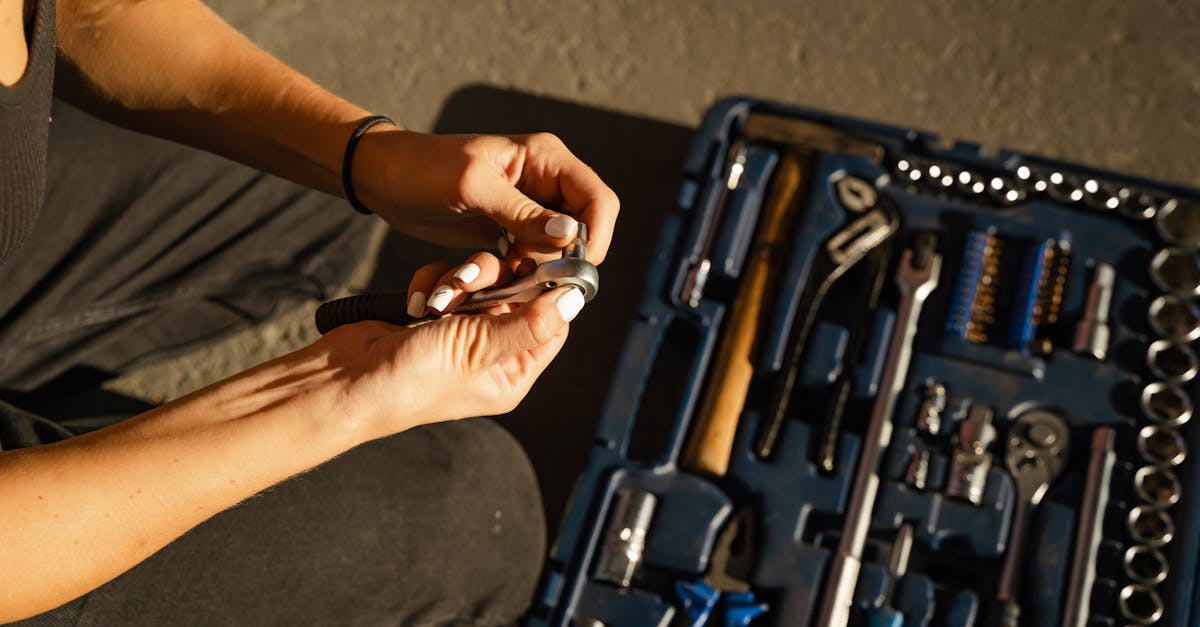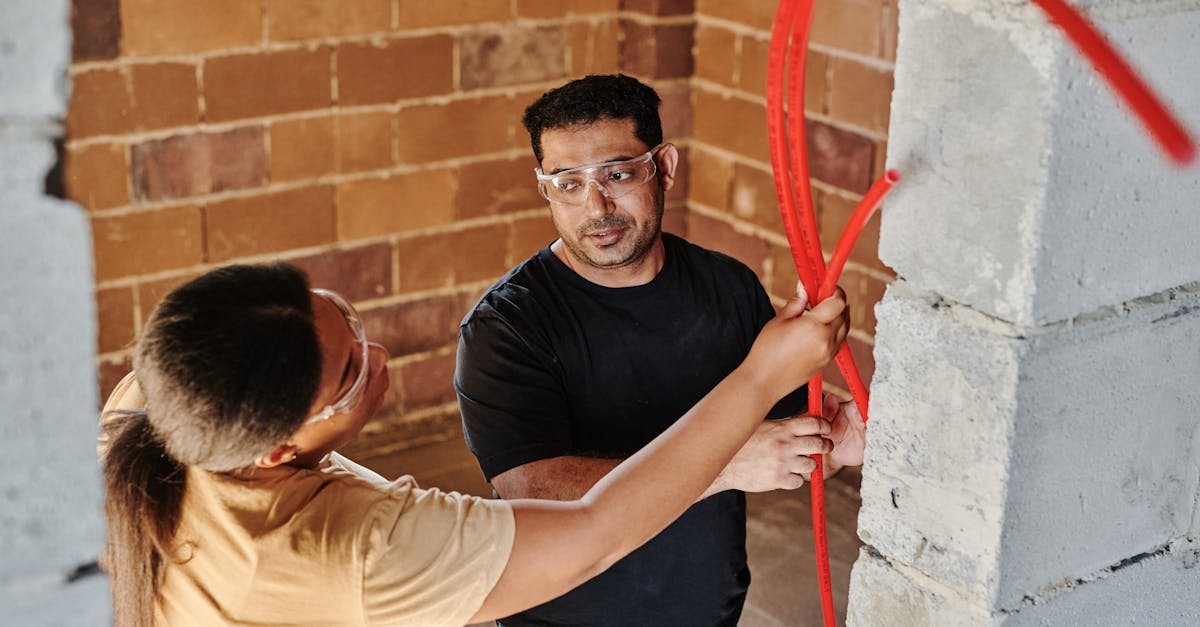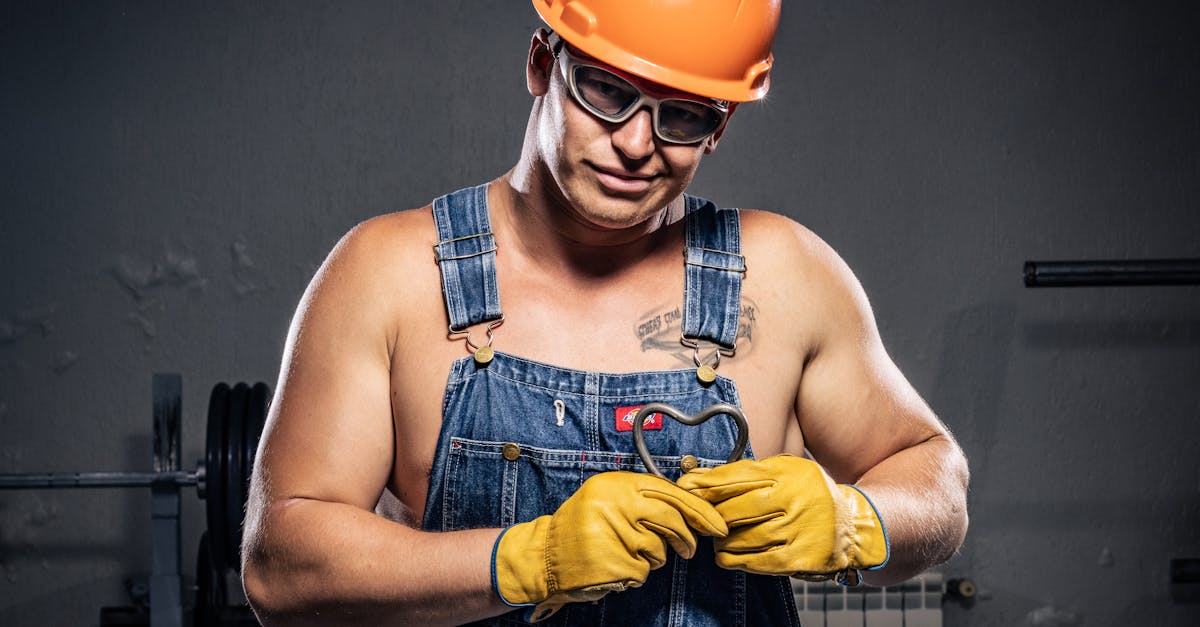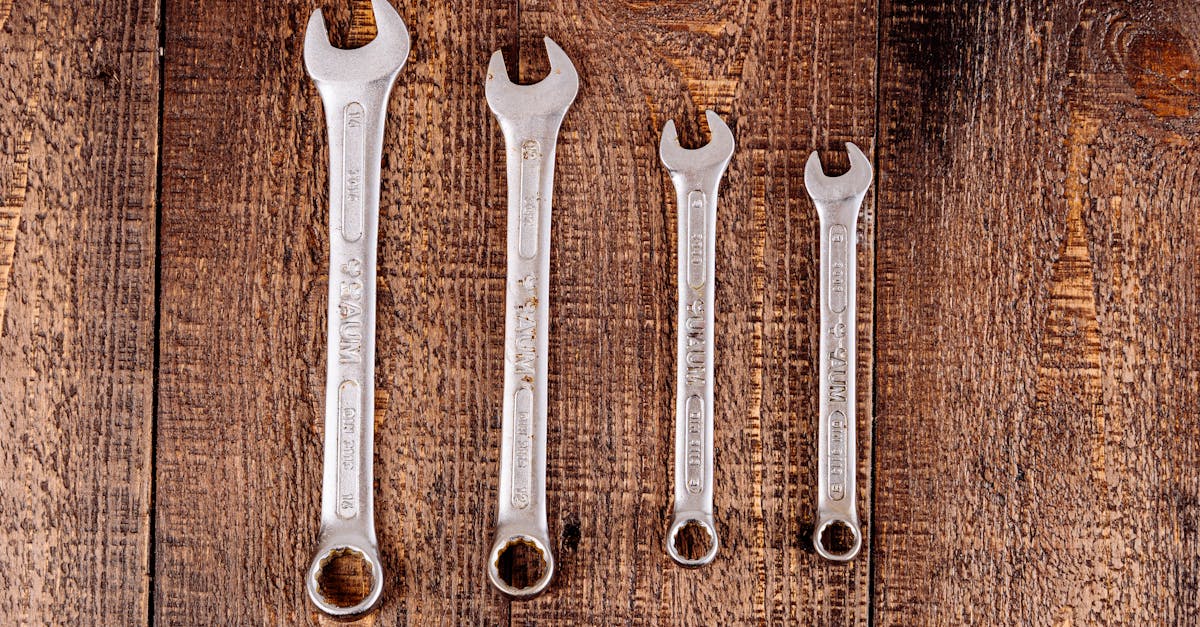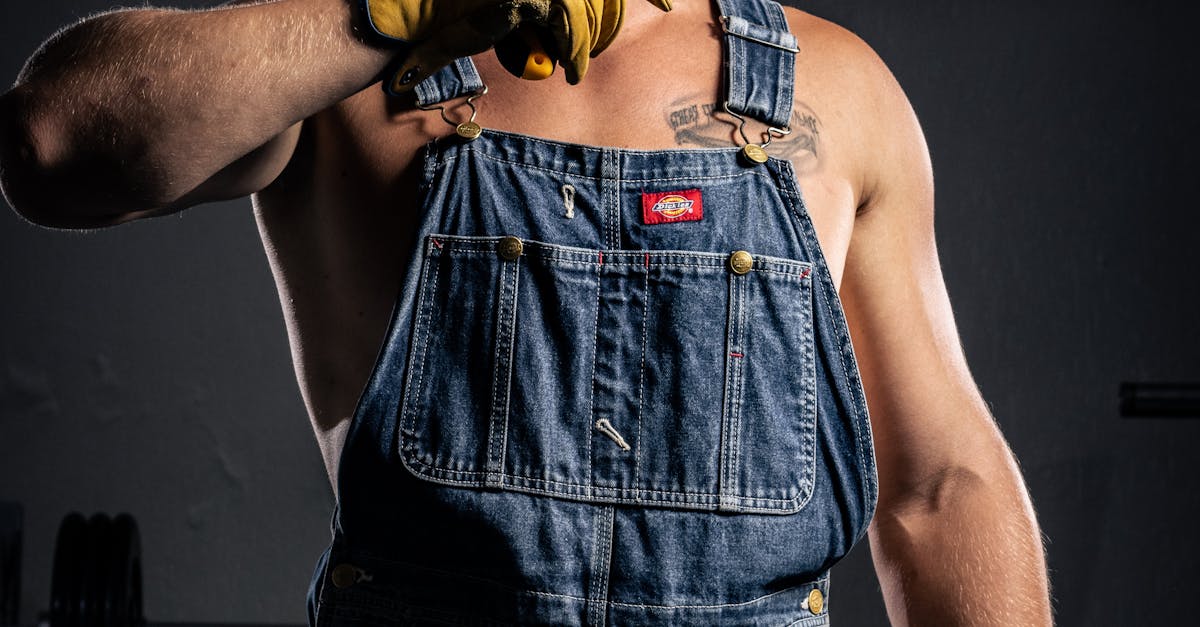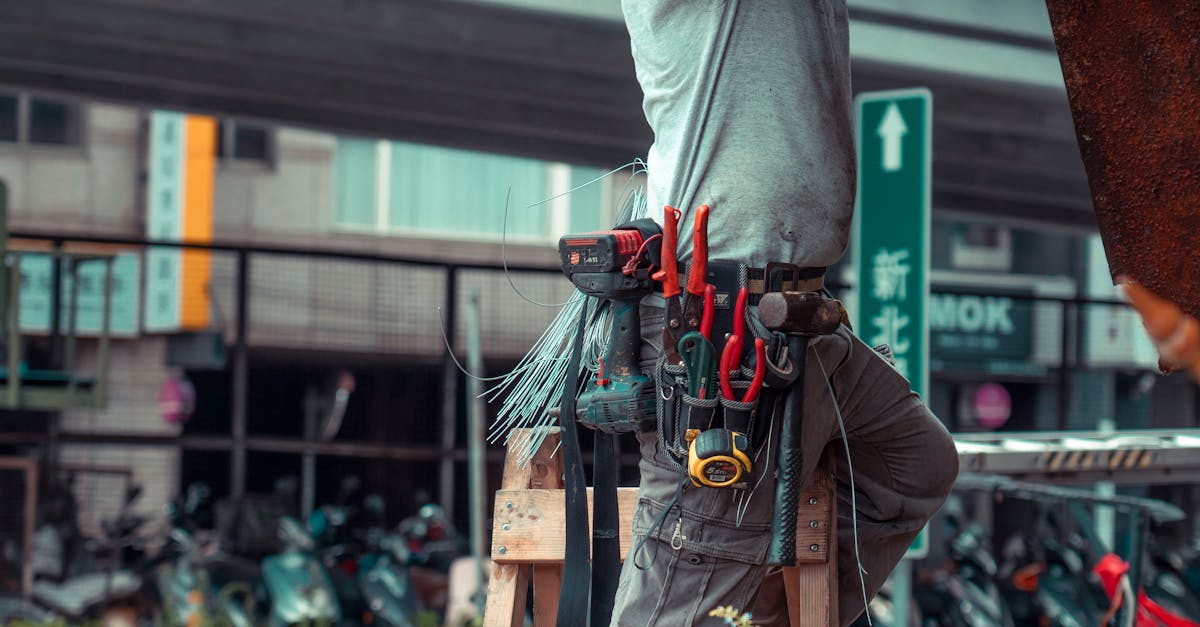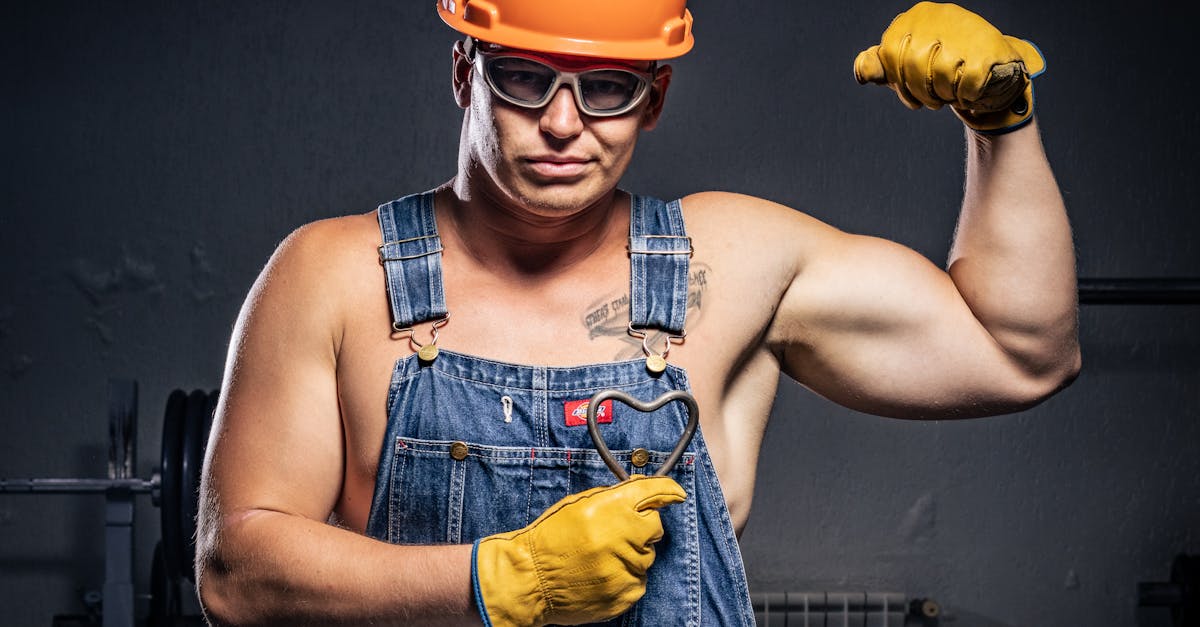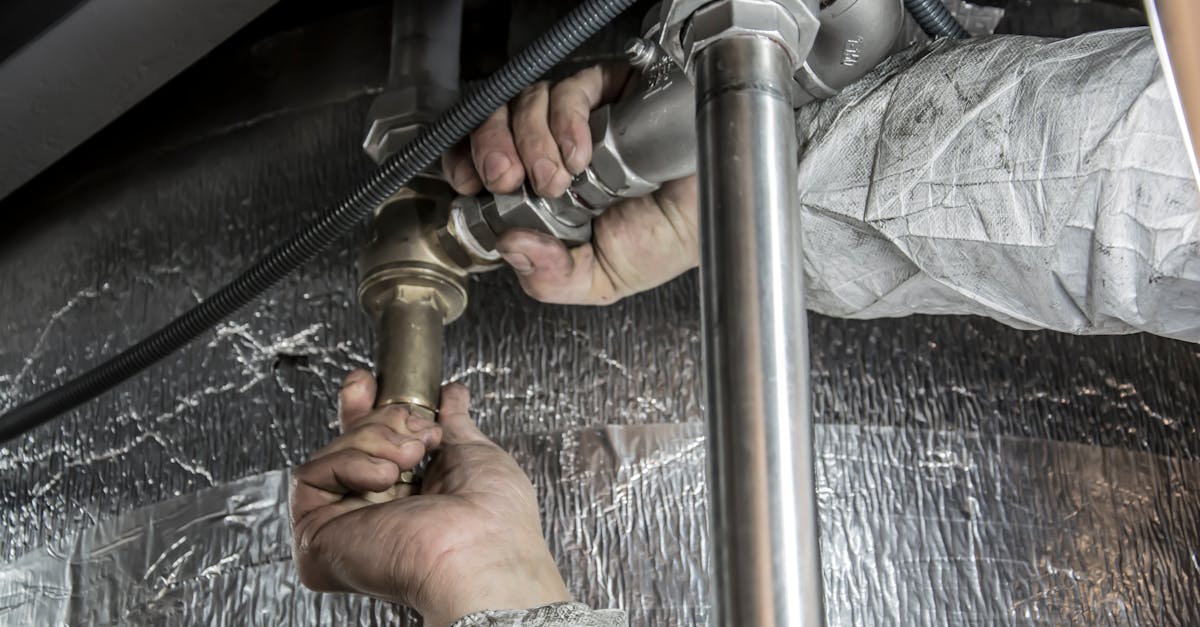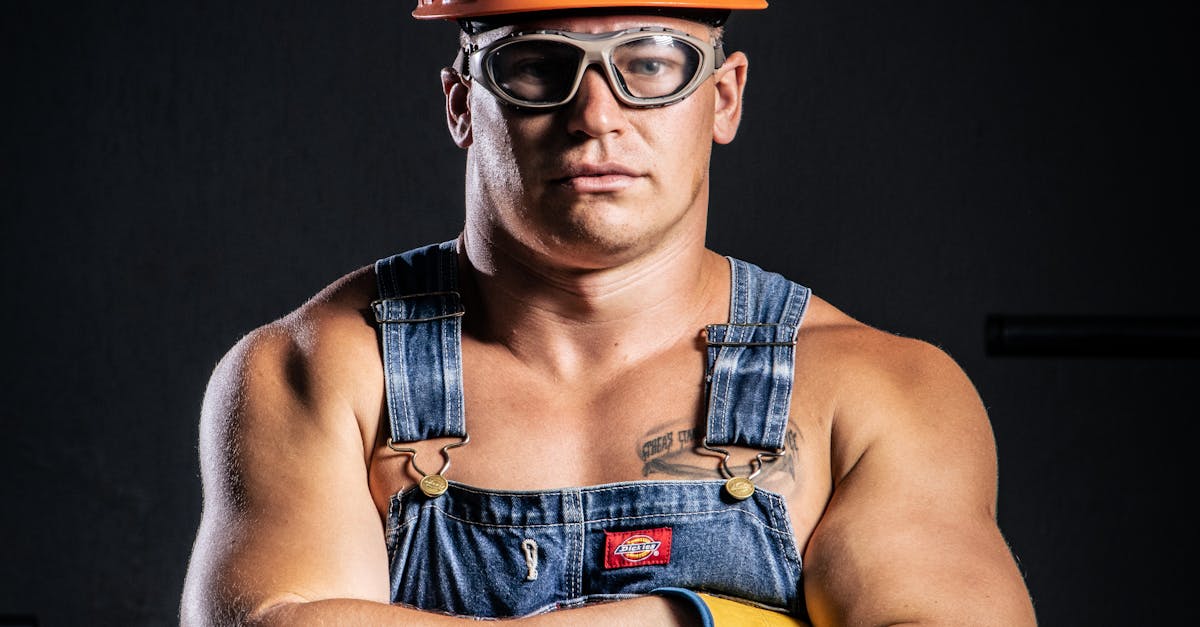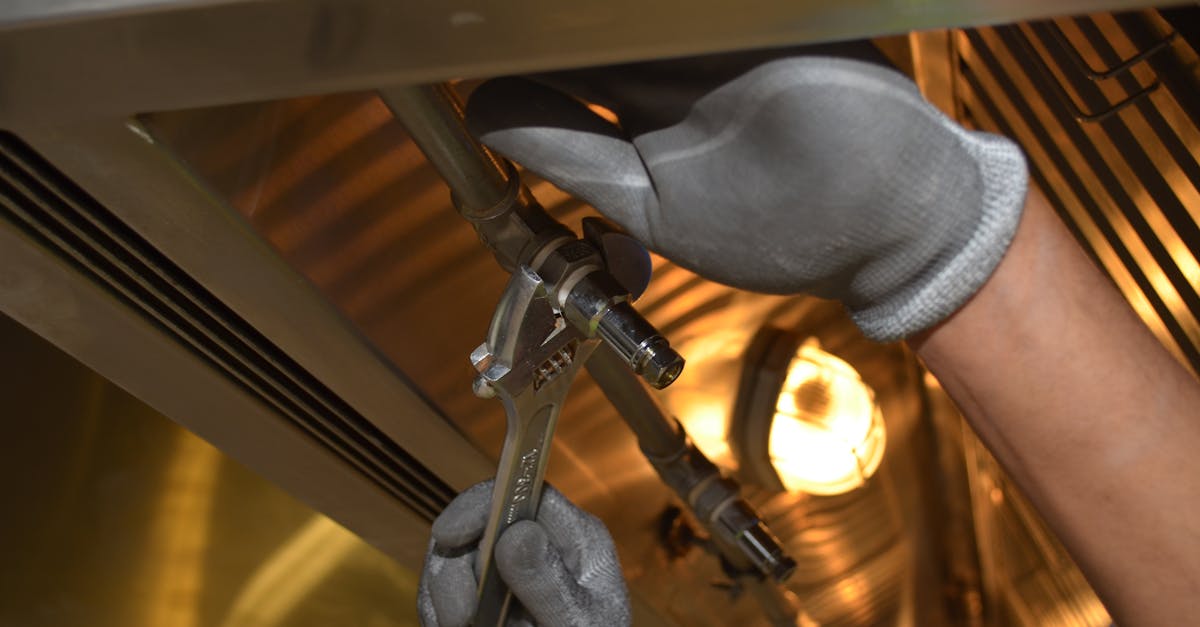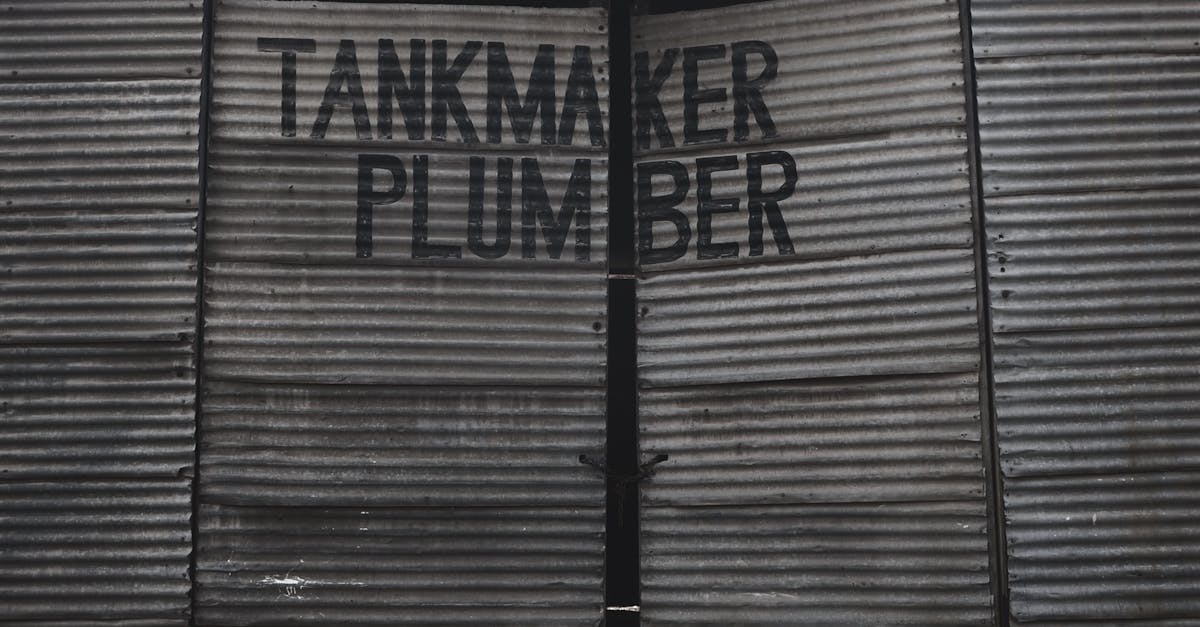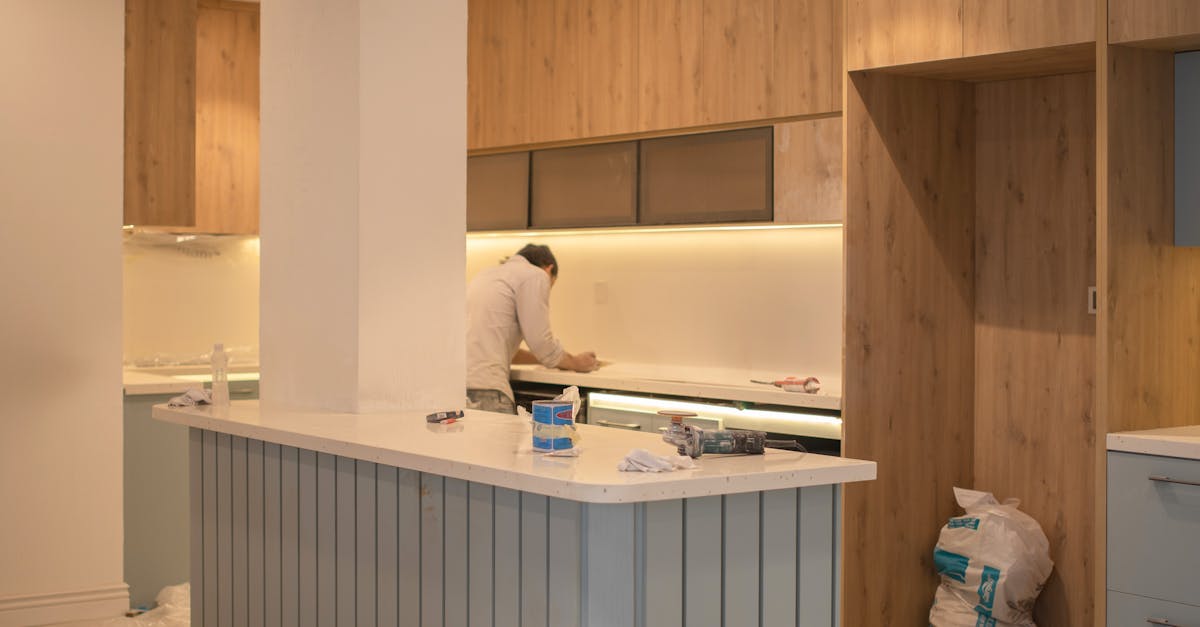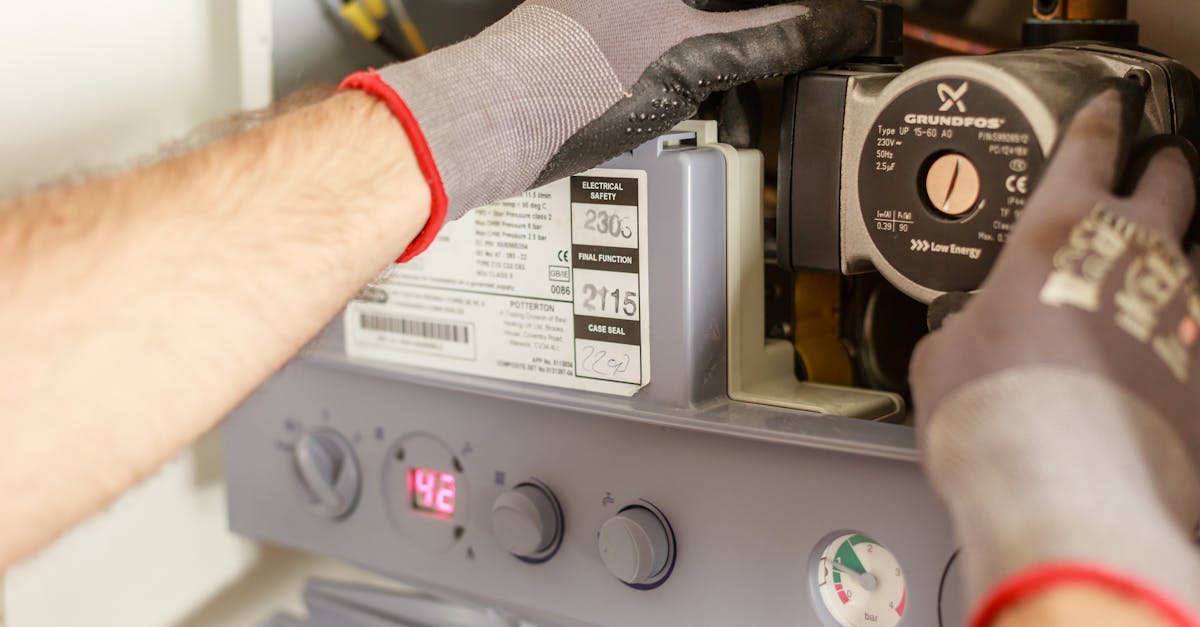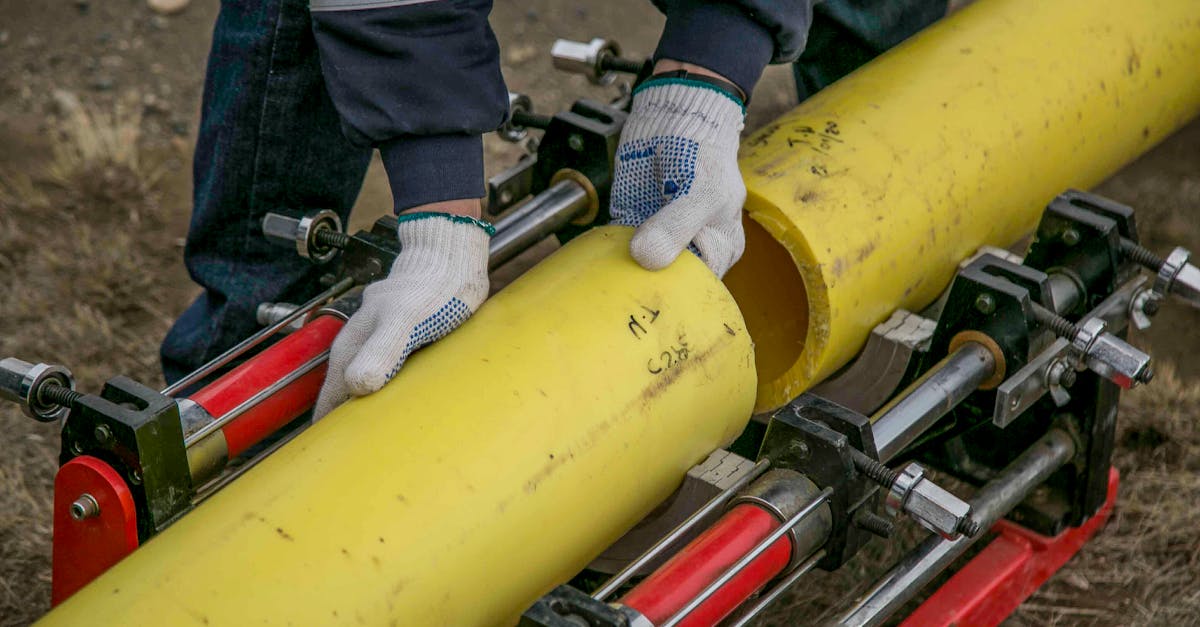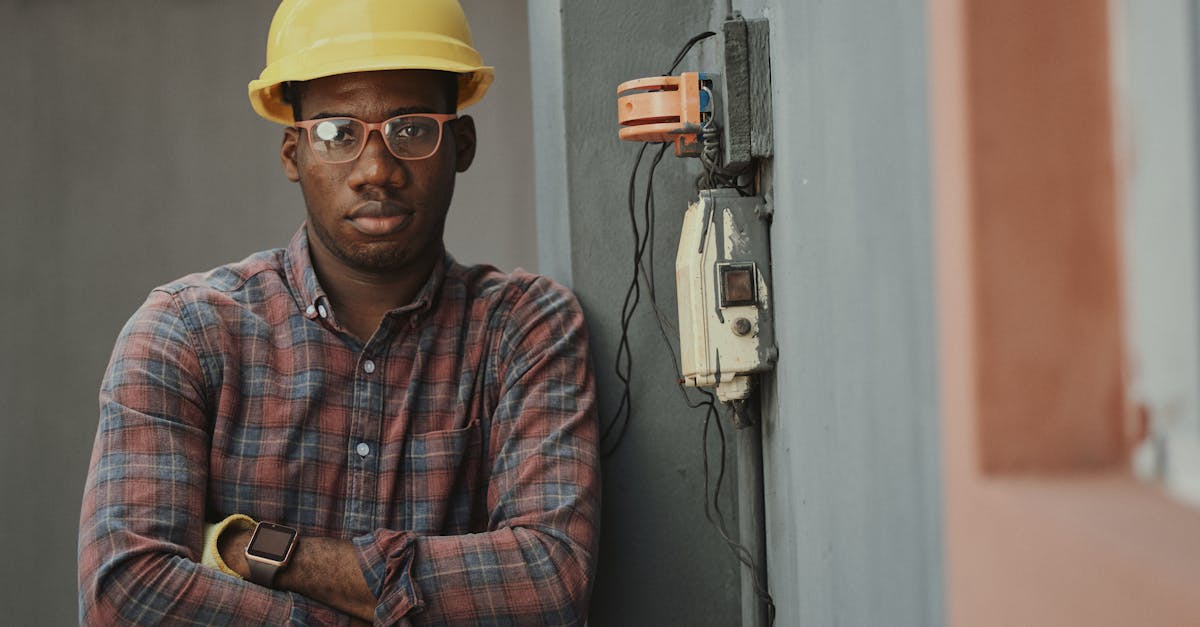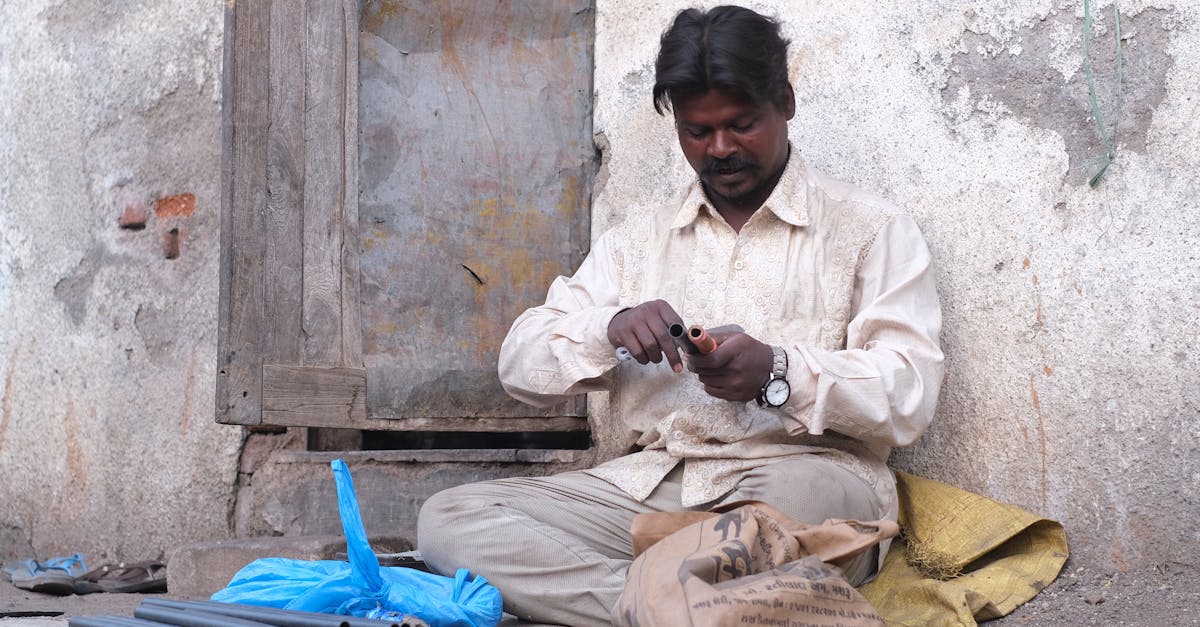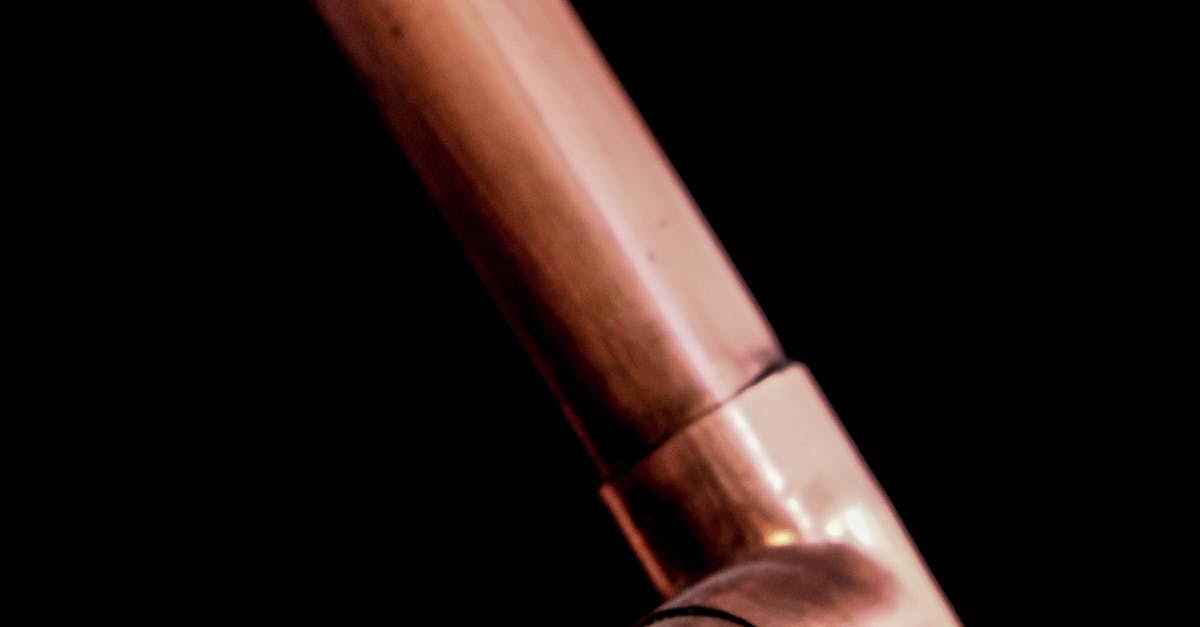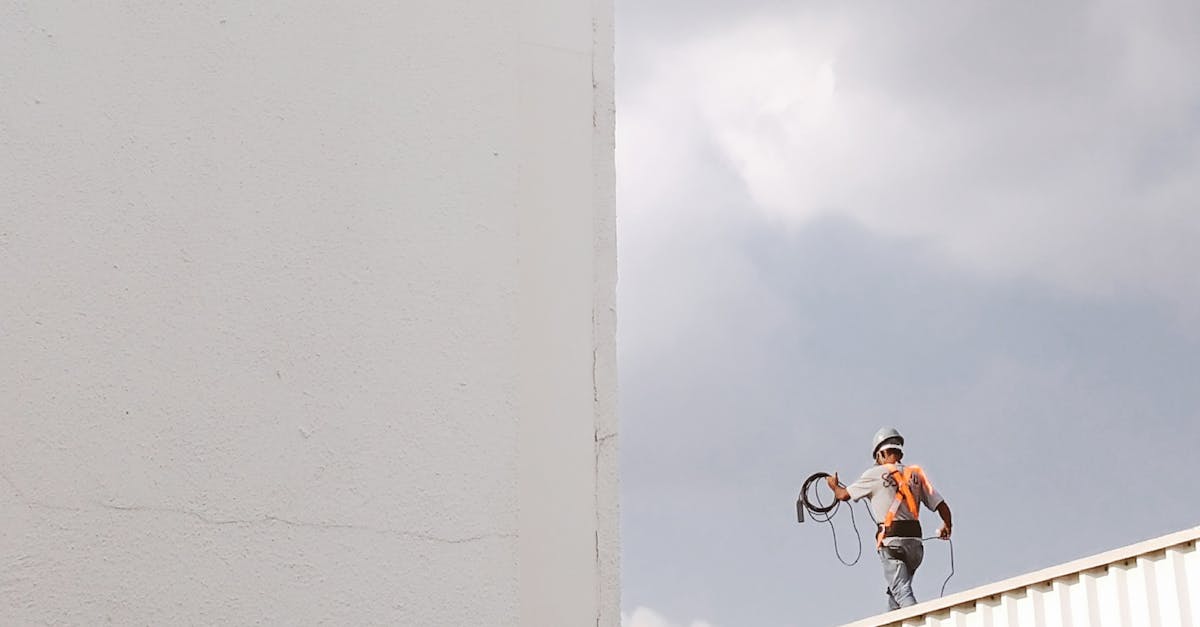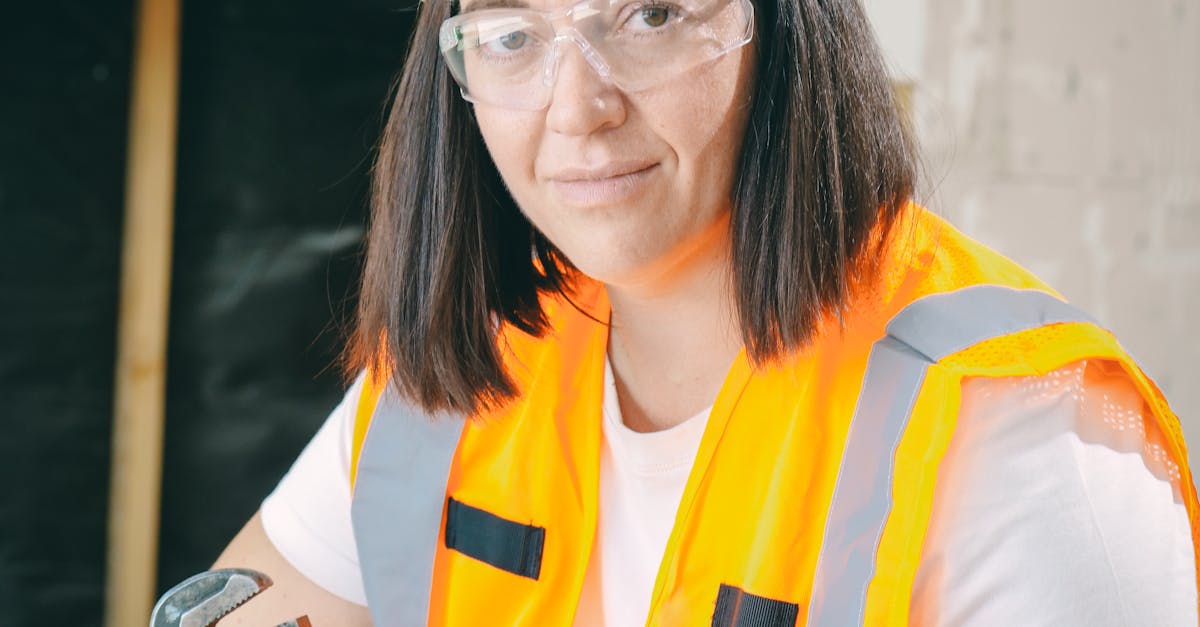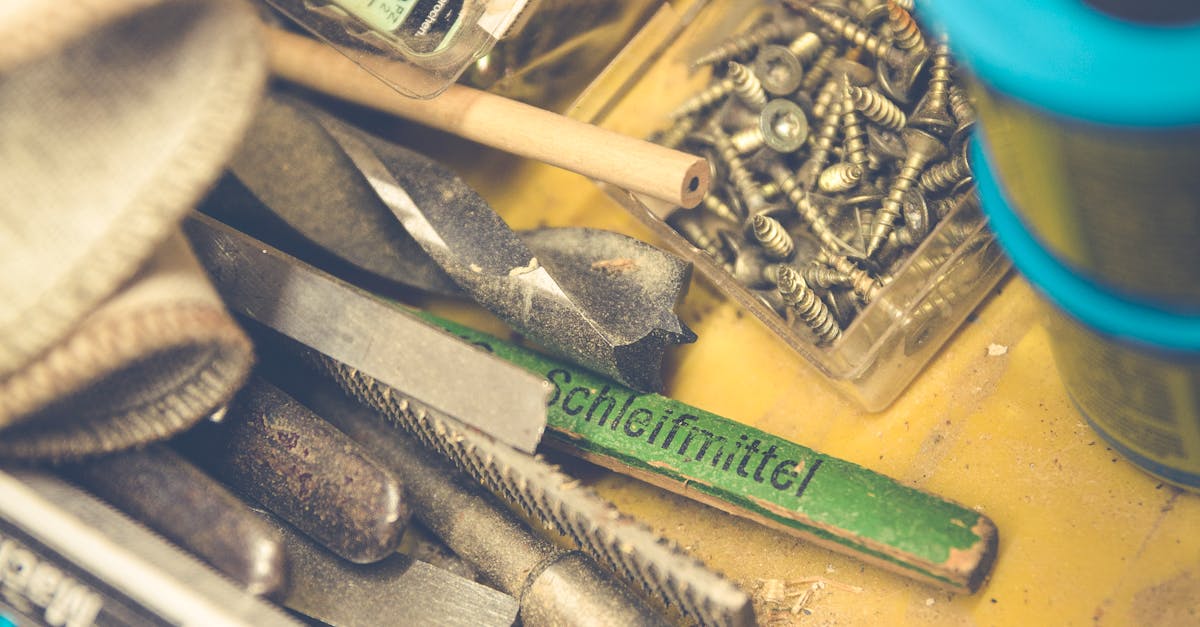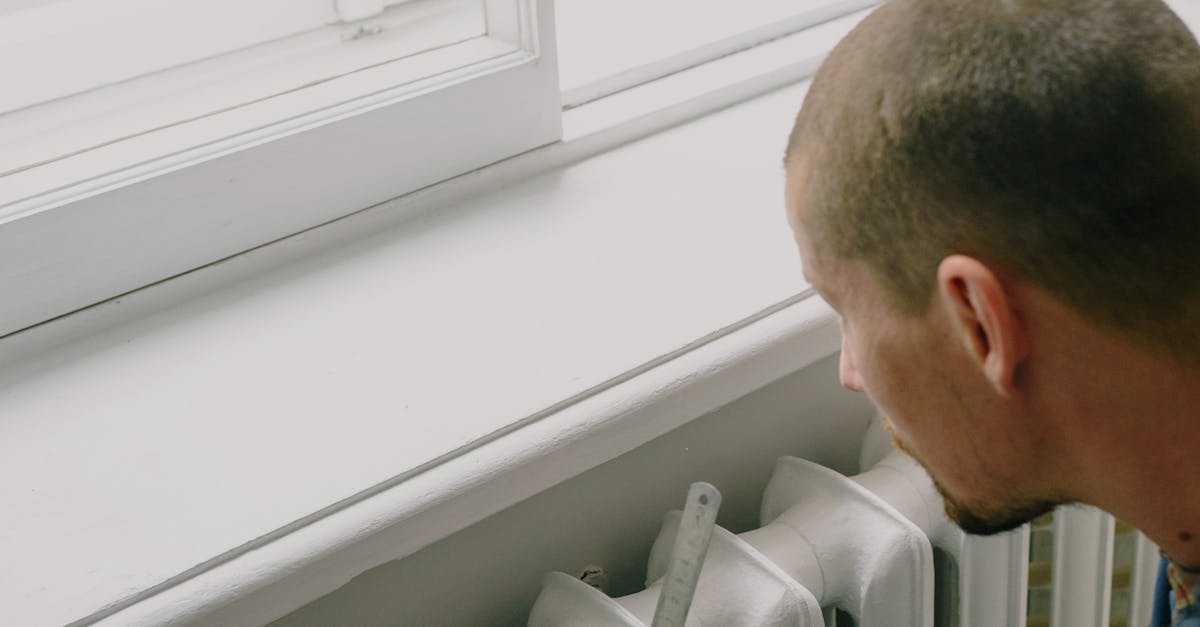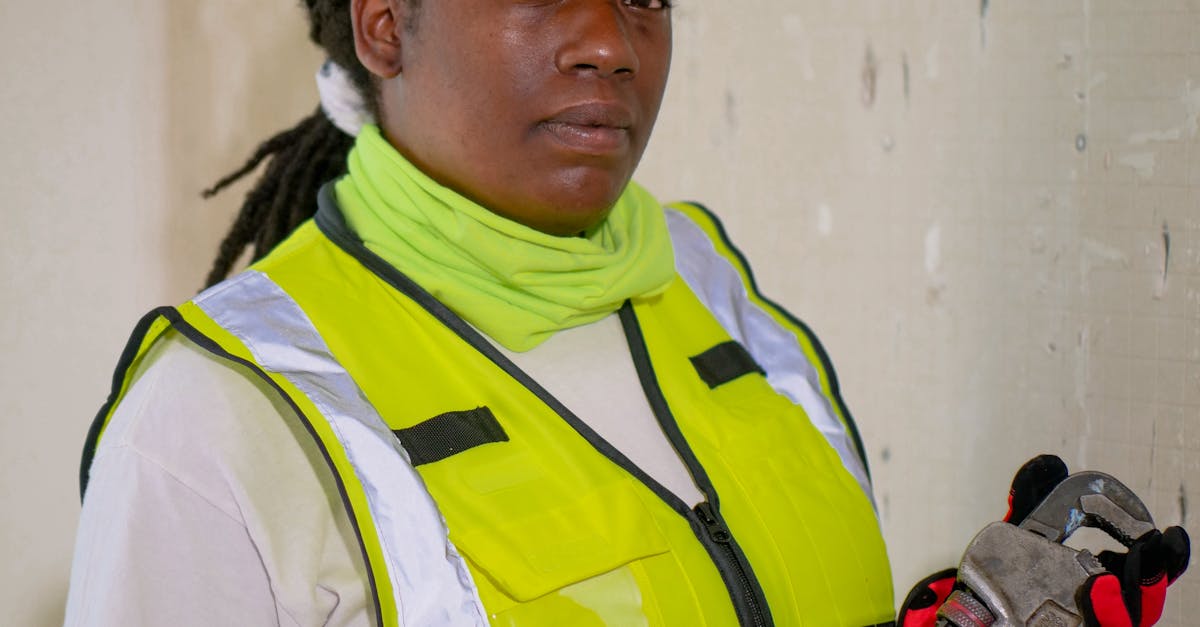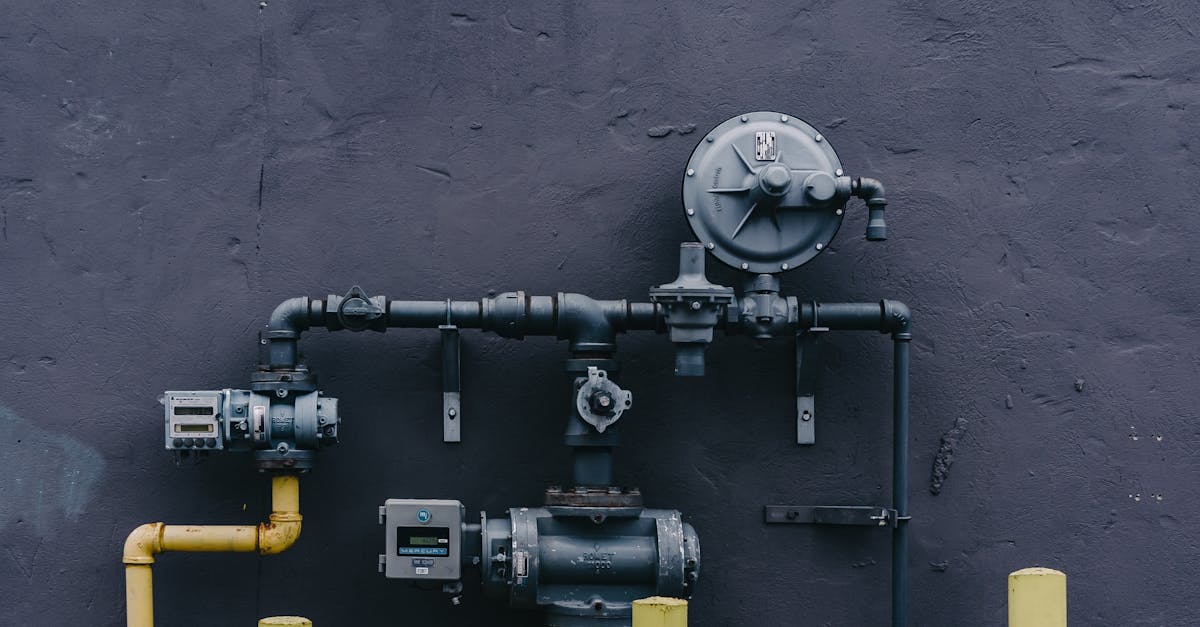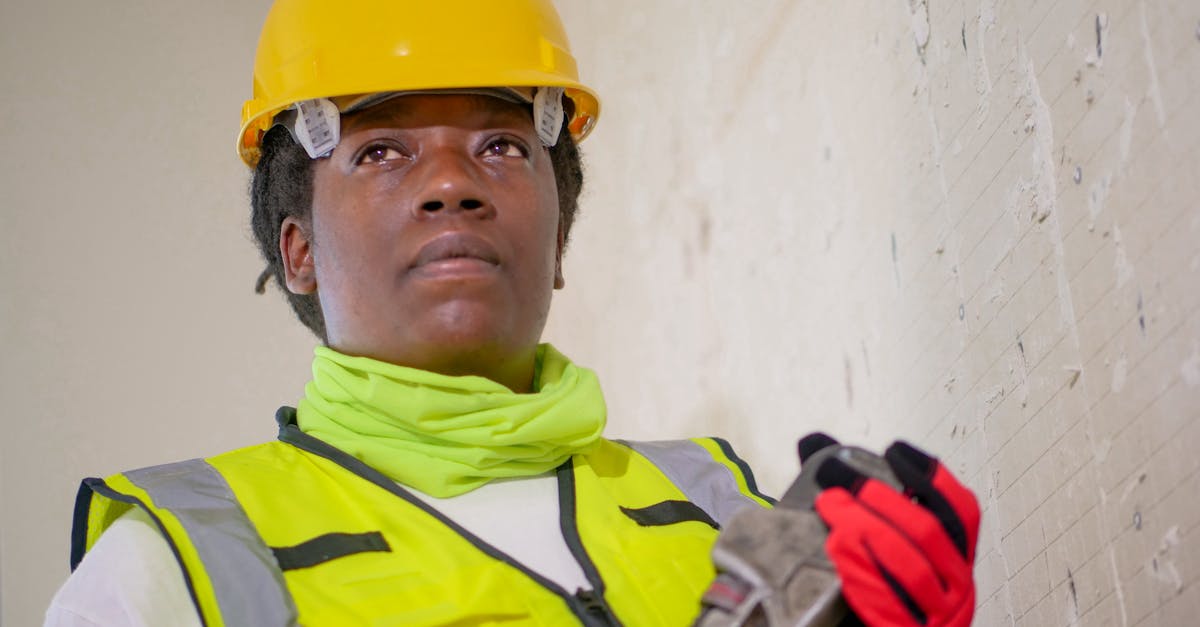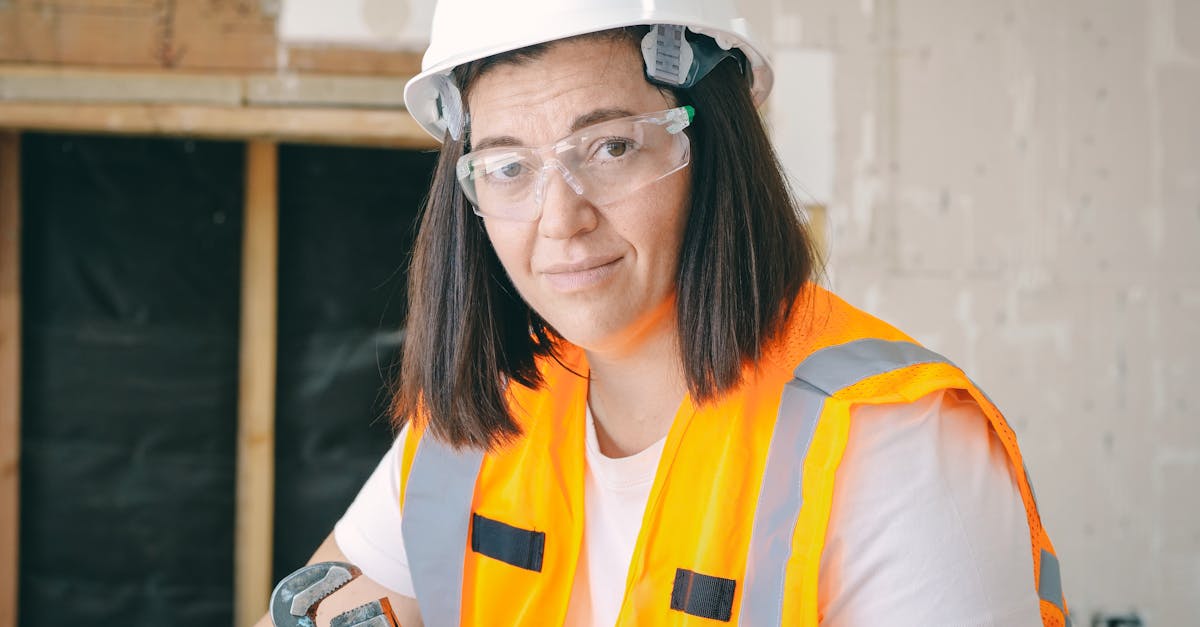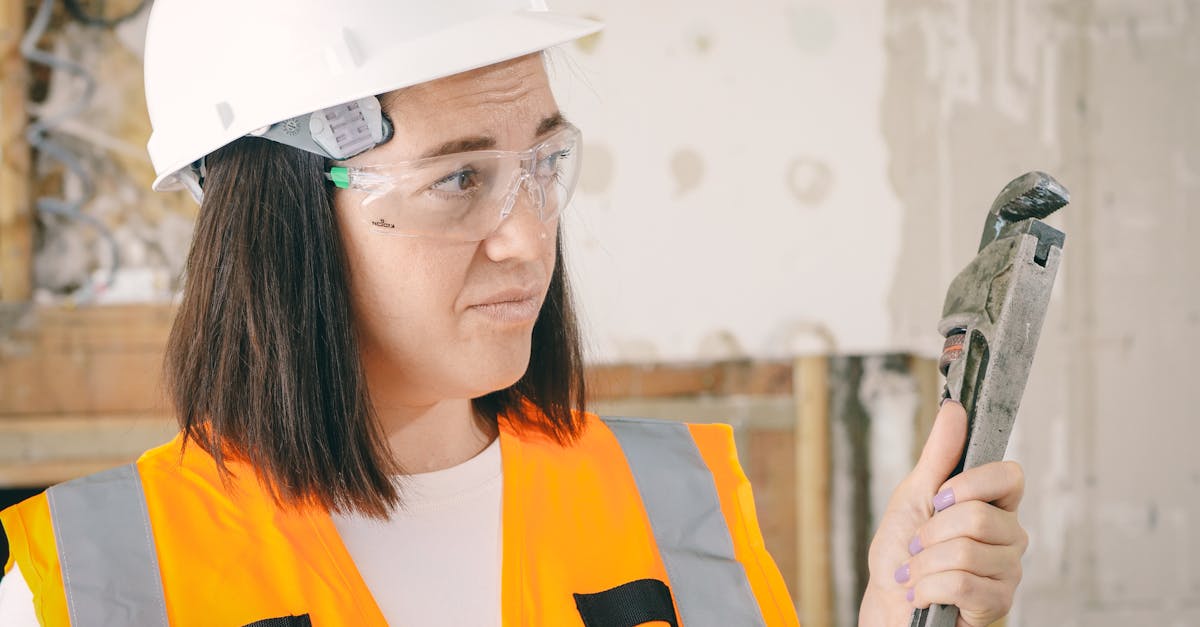
Table Of Contents
Moisture Meters
Moisture meters are essential tools for a residential plumber when identifying hidden leaks within a property. These devices measure the moisture content in various materials, including walls, floors, and ceilings. By detecting elevated moisture levels, a plumber can pinpoint areas where leaks may be occurring, even if they are not immediately visible. The readings from moisture meters help in assessing the extent of water damage, guiding the plumber in the necessary repair processes.
There are two main types of moisture meters: pin-type and non-invasive. Pin-type meters use electrodes that penetrate the material, providing accurate readings of moisture content. Non-invasive meters work by employing electromagnetic signals, allowing for surface measurements without damaging the material. Both types offer valuable insights that assist a residential plumber in formulating effective strategies to address hidden leaks and prevent further damage.
Measuring Humidity Levels in Walls
A common technique employed by residential plumbers to identify hidden leaks involves measuring humidity levels within walls. Moisture meters serve as essential tools in this process. These devices can penetrate the wall surface to gauge moisture content, enabling plumbers to detect water accumulation that may not be visible to the naked eye. Areas with unusually high humidity readings often indicate potential leaks, allowing plumbers to pinpoint where further investigation is necessary.
In addition to using moisture meters, plumbers may assess the overall humidity levels in the environment surrounding the structure. High humidity levels can suggest ongoing moisture issues within the building. By comparing the readings from various locations, residential plumbers can create a thorough profile of humidity distribution, assisting them in identifying problem areas. This method enhances the accuracy of leak detection, contributing to more effective repairs and improved home maintenance.
Pipe Inspection Cameras
Pipe inspection cameras are a crucial tool that residential plumbers utilise to detect hidden leaks within plumbing systems. These cameras are flexible and can navigate tight spaces, providing a clear view of pipes' interior conditions. By feeding the camera into the plumbing system, plumbers can visually inspect for problems such as cracks, corrosion, or blockages, which may not be evident through traditional inspection methods.
The imagery produced allows for precise identification of leak locations and potential issues, enabling plumbers to formulate an effective repair strategy. This technology significantly reduces the need for invasive investigative methods, saving time and minimising disruption for homeowners. With the information gathered from a pipe inspection camera, a residential plumber can address plumbing issues more efficiently and effectively.
Visualising Leak Locations
Pipe inspection cameras have revolutionised the way plumbers locate hidden leaks within properties. These cameras can be inserted into pipes, providing real-time video footage of the interior. This technology allows a residential plumber to identify damage, blockages, and leaks with remarkable accuracy, eliminating much of the guesswork traditionally involved in leak detection.
By visualising the condition of pipes, a residential plumber can quickly pinpoint the exact location of leaks, making repairs more efficient. The ability to assess the situation without extensive invasive methods saves both time and resources. This approach not only minimises disruption to the property but also helps in planning the most effective repair strategies, ensuring that leaks are addressed promptly and effectively.
Tracing Water Supply Lines
Tracing water supply lines is a critical aspect of leak detection, as it allows a residential plumber to identify potential problem areas without invasive measures. By following the layout of the plumbing system, they can pinpoint sections of pipe that may be at risk for leaks. This technique helps to narrow down inspection focus, saving time and minimising property disruption.
To effectively trace these lines, a residential plumber may utilise specialized tools such as acoustic listening devices or thermal imaging cameras. These tools enhance the ability to detect discrepancies in temperature or unusual sounds that indicate leaks. Knowing the precise location of water supply lines aids in planning repairs or replacements, ensuring a more efficient and targeted approach to addressing issues.
Mapping Out Potential Leak Areas
Identifying potential leak areas requires a systematic approach. A residential plumber often starts by mapping out the layout of the plumbing system, pinpointing all visible connections and joints. Understanding the configuration helps in narrowing down the most likely sites for hidden leaks. Areas where plumbing pipes run through walls, ceilings or floors are particularly scrutinised, as these locations can often harbour undetected moisture.
Utilising technology can enhance the detection process further. Thermal imaging cameras and acoustic listening devices enable a residential plumber to assess areas without invasive measures. By analysing temperature variations and sound frequencies, the plumber can accurately identify spots that may indicate a leak, paving the way for targeted repairs. This method reduces the need for extensive investigations and minimises disruption to the living environment.
FAQS
What are moisture meters and how do plumbers use them?
Moisture meters are devices that measure the moisture content in materials, such as walls and floors. Plumbers use them to identify areas with elevated moisture levels, which can indicate potential hidden leaks.
How do plumbers measure humidity levels in walls?
Plumbers use specialized tools like hygrometers and moisture meters to assess humidity levels in walls. By measuring these levels, they can determine if there is excessive moisture that may suggest a leak.
What role do pipe inspection cameras play in leak detection?
Pipe inspection cameras are used by plumbers to visually inspect the interior of pipes without invasive procedures. These cameras help identify blockages, damage, or leaks by providing real-time footage.
How can plumbers visualise leak locations using technology?
Plumbers can visualise leak locations by using high-resolution cameras that can navigate through pipes. This technology allows them to pinpoint the exact location of leaks, making repairs more efficient.
What methods do plumbers use to trace water supply lines?
Plumbers often use a combination of pipe locators, thermal imaging, and listening devices to trace water supply lines. These methods help map out potential leak areas by detecting changes in temperature or sound along the lines.
